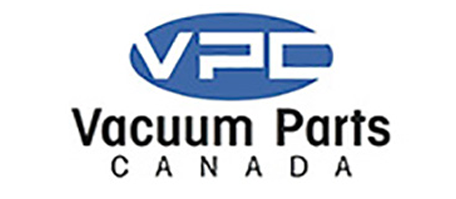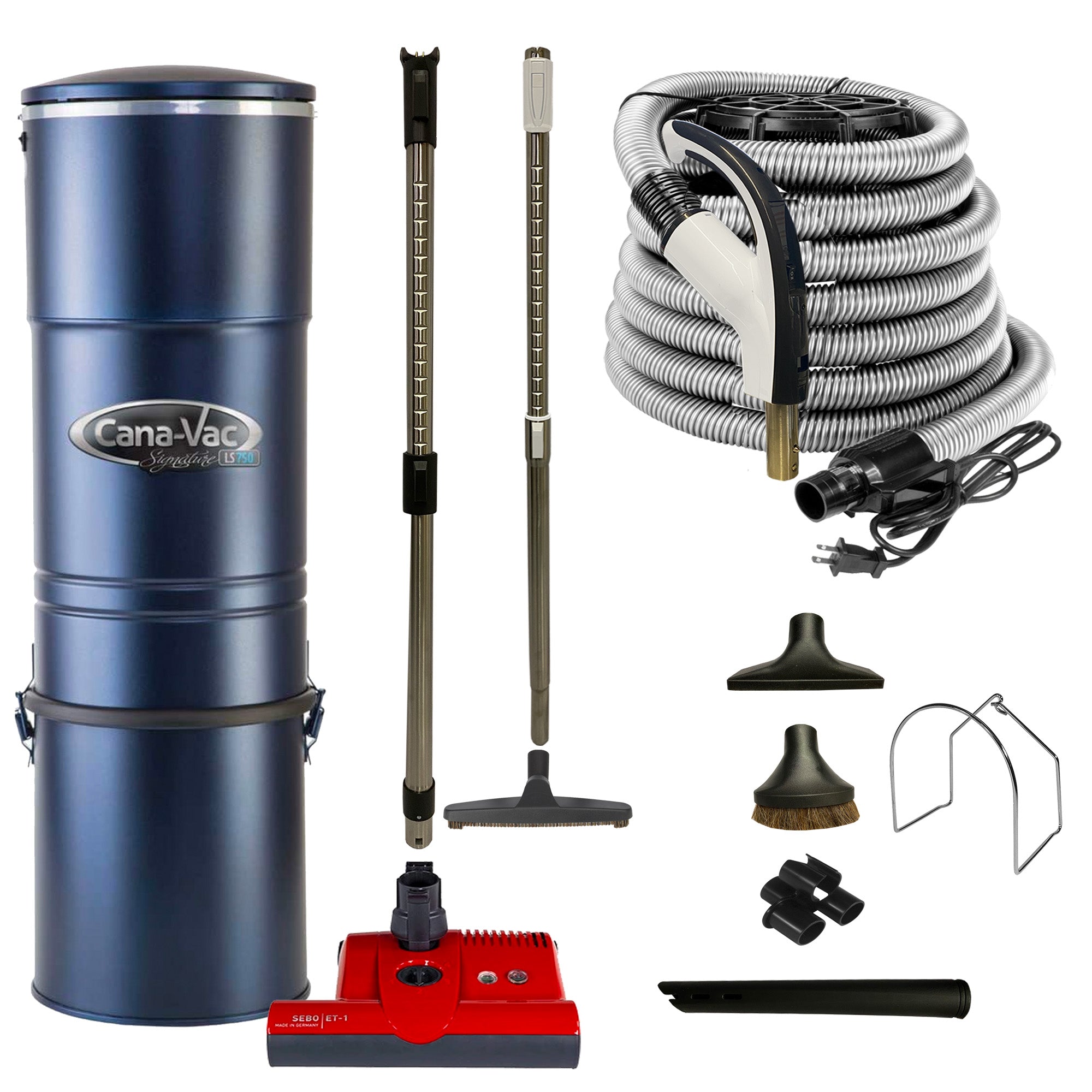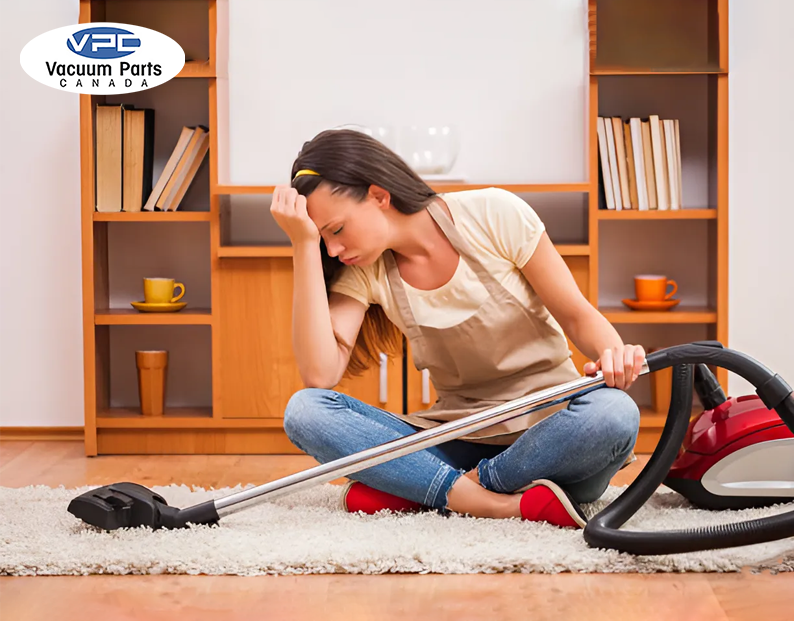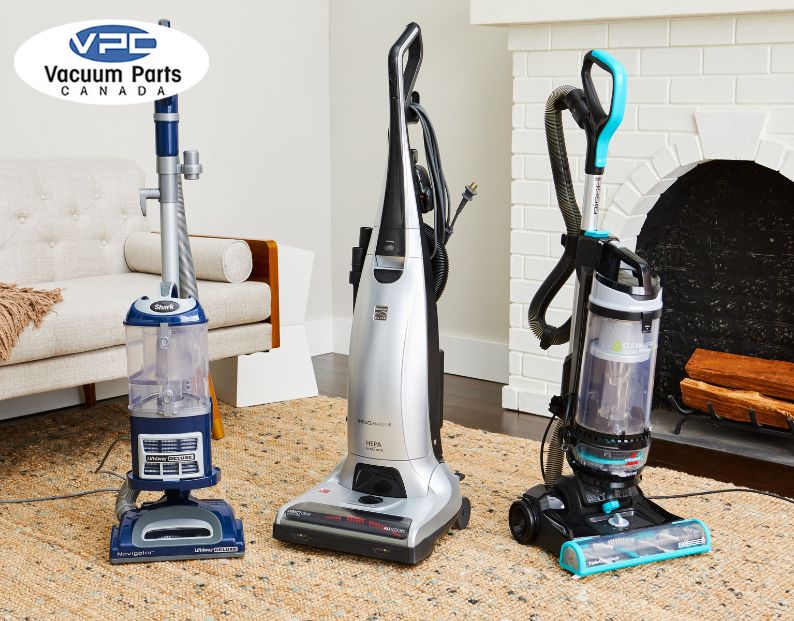Introduction
Is your vacuum cleaner not performing as well as it used to? It might not be the vacuum itself but rather the hose that's the culprit. A functional vacuum cleaner hose is essential for maintaining your home's cleanliness efficiently. In this article, we'll explore the telltale signs that it’s time to replace your vacuum cleaner hose and guide you through choosing the perfect new one. Ready to get started?
Signs It’s Time to Replace Your Vacuum Cleaner Hose
Hose Damage
One of the most obvious signs that your vacuum cleaner hose needs replacing is visible damage.
Cracks and Splits: Over time, wear and tear can lead to cracks and splits in the hose. These damages can cause significant air leaks, reducing the efficiency of your vacuum.
Holes and Tears: Holes and tears in the hose will also hinder your vacuum’s performance. Even small holes can cause a loss of suction, making your cleaning sessions longer and less effective.
Loss of Suction
A decline in your vacuum's suction power is a major red flag.
Decreased Performance: If you notice that your vacuum isn’t picking up debris as efficiently as before, the hose might be the issue. Suction loss often occurs due to blockages or leaks in the hose.
Blockages: Clogs inside the hose can impede airflow. Regularly check for obstructions and clear them to ensure optimal performance.
Unusual Noises
Is your vacuum making strange noises?
Whistling Sounds: Whistling or high-pitched noises can indicate air escaping through small cracks or holes in the hose.
Air Leaks: Listen for any hissing sounds that suggest air leaks. These leaks reduce suction power and make your vacuum less effective.
Visible Wear and Tear
Over time, hoses can show signs of physical degradation.
Fraying Ends: The ends of the hose can fray, making it difficult to maintain a secure connection to the vacuum cleaner.
Discoloration: Discoloration and stiffness are signs of material aging. These symptoms can precede more severe damage.
Frequent Detachment
Does your hose frequently detach from the vacuum?
Loose Connections: If the hose doesn’t stay securely attached to the vacuum, it might be time for a replacement. This can be due to worn-out connectors or the hose itself becoming misshapen.
Constant Reattachment: Continuously having to reattach the hose can be frustrating and is a clear sign that the hose is past its prime.
Age of the Hose
Sometimes, the age of the hose alone is a reason to consider replacement.
Manufacturer's Lifespan: Check the manufacturer's guidelines for the expected lifespan of the hose. If it’s exceeded this period, replacing it can restore your vacuum’s efficiency.
Regular Wear and Tear: Even without visible damage, hoses wear out over time due to regular use.

Choosing a New Vacuum Cleaner Hose
Compatibility
Ensuring your new hose is compatible with your vacuum cleaner is crucial.
Matching Brands and Models: Always check that the hose is designed for your specific vacuum model. This ensures a secure fit and optimal performance.
Universal Hoses: Some hoses are designed to be compatible with multiple brands and models. These can be a convenient option but double-check compatibility to avoid issues.
Material
The material of the hose affects its durability and performance.
Plastic vs. Rubber: Plastic hoses are lightweight and flexible but may not be as durable as rubber hoses. Rubber hoses tend to be more robust and less prone to damage.
Durability and Flexibility: Choose a material that balances durability with flexibility to ensure ease of use and long life.
Length and Diameter
The size of your new hose can impact its functionality.
Standard Sizes: Most vacuum hoses come in standard lengths and diameters. Ensure you choose the right size for your vacuum to maintain performance.
Custom Sizes: In some cases, you might need a custom length or diameter. Measure your old hose to find the right fit.
Special Features
Some hoses come with added features to enhance their functionality.
Anti-Static Properties: Anti-static hoses prevent the buildup of static electricity, which can attract dust and debris.
Crush-Proof Design: Crush-proof hoses are designed to withstand heavy use and accidental stepping or bending, ensuring they last longer.
Brand Reputation
Consider the brand when choosing a new hose.
Reviews and Ratings: Check online reviews and ratings to gauge the quality and reliability of the hose.
Warranty and Customer Service: A good warranty and responsive customer service can be invaluable if you encounter any issues with your new hose.
How to Replace Your Vacuum Cleaner Hose
Preparation
Before you begin, make sure you have everything you need.
Gathering Tools: You might need a screwdriver or other tools to detach the old hose and secure the new one.
Safety Precautions: Ensure the vacuum is unplugged to avoid any electrical hazards.
Removal of the Old Hose
Follow these steps to safely remove the old hose.
Detaching from the Vacuum: Gently detach the hose from the vacuum, following the manufacturer's instructions.
Checking for Blockages: Before disposing of the old hose, check for any blockages that might have affected performance.
Installing the New Hose
Attach the new hose securely and test for proper function.
Securing Connections: Make sure all connections are tight and secure to avoid any air leaks.
Testing for Suction: Turn on the vacuum and test for suction to ensure the new hose is functioning correctly.
Maintenance Tips
Keep your new hose in good condition with regular maintenance.
Regular Inspection: Periodically check the hose for signs of wear or damage.
Cleaning Techniques: Clean the hose regularly to prevent blockages and maintain suction power.
Conclusion
Replacing your vacuum cleaner hose can restore your vacuum's efficiency and make cleaning a breeze. By recognizing the signs of a worn-out hose and choosing the right replacement, you can ensure your vacuum performs at its best. Regular maintenance will also extend the life of your new hose, keeping your home spotless with minimal hassle.
Where to Find Vacuum Parts in Canada?
For those in Canada, finding vacuum parts is straightforward. Contact us today for anything you need when it comes to vacuums. Vacuum Parts Canada provides a range of parts and services to ensure your central vacuum system remains in top working condition.
FAQs
How often should I replace my vacuum cleaner hose?
Typically, you should replace your vacuum cleaner hose every 3-5 years or when you notice significant damage or a loss of suction.
Can I use any hose with my vacuum cleaner?
No, it's important to ensure the hose is compatible with your vacuum's make and model. Universal hoses are available but double-check compatibility.
What is the best material for a vacuum cleaner hose?
Rubber hoses tend to be more durable and flexible than plastic hoses, making them a better choice for heavy use.
How can I extend the life of my vacuum cleaner hose?
Regularly inspect the hose for damage, clean it to prevent blockages, and avoid stepping on or crushing it.
Are there hoses with special features for pet hair?
Yes, some hoses have special features like anti-static properties or enhanced durability, which can be particularly useful for households with pets.





Leave a comment
This site is protected by hCaptcha and the hCaptcha Privacy Policy and Terms of Service apply.